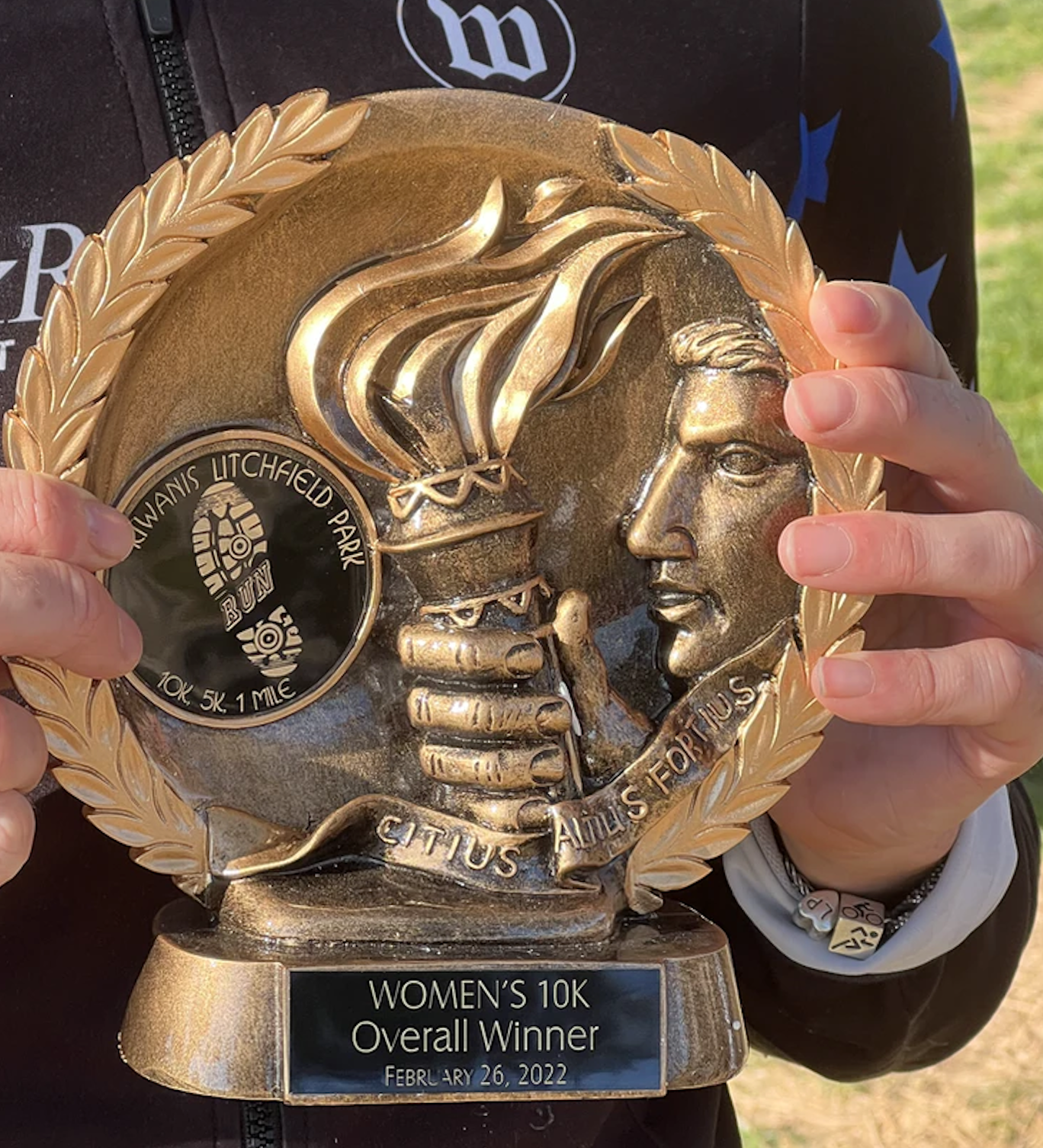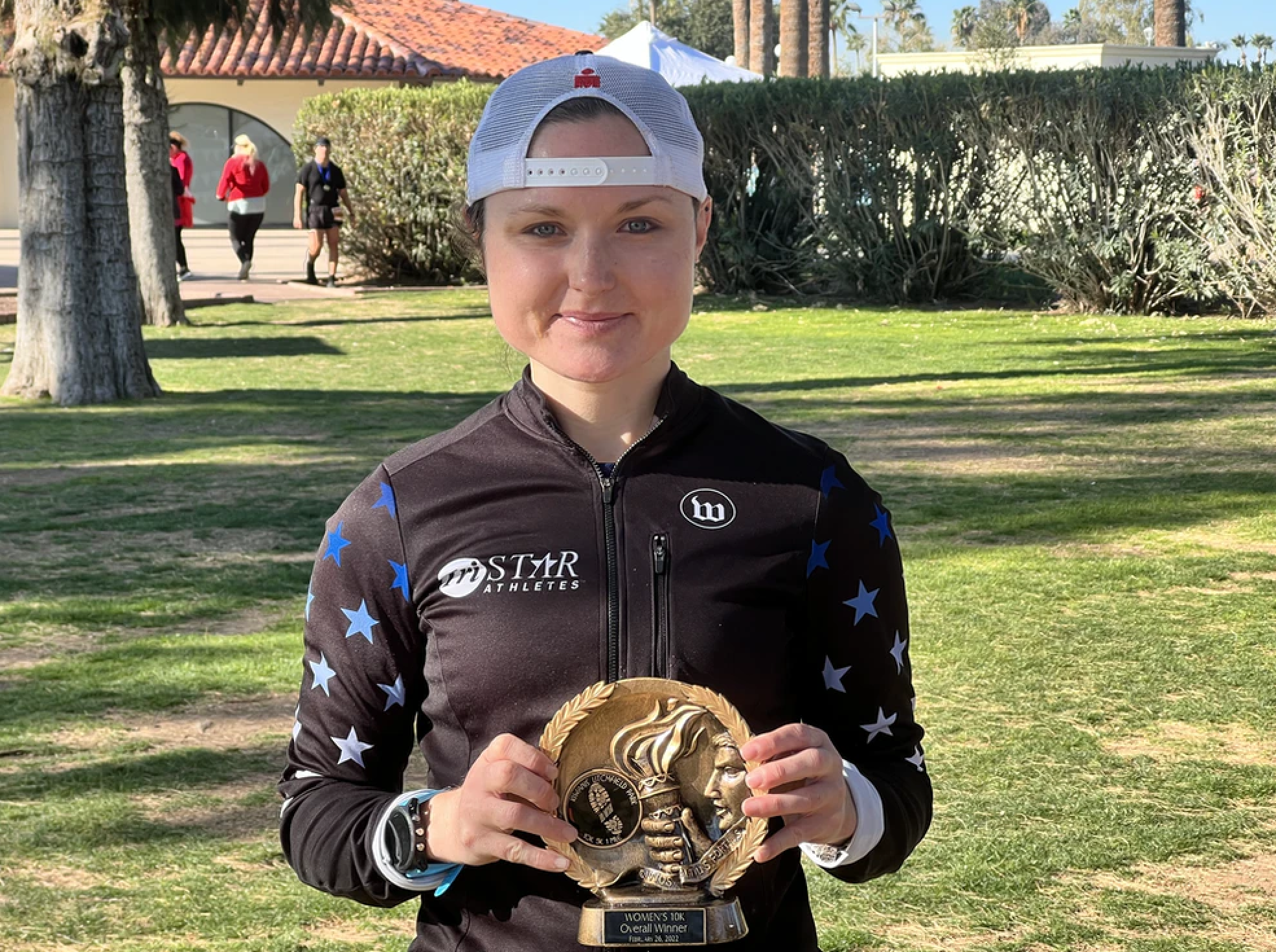In this coaches corner we help you determine how to set your goals for the short and long term. Learn more in the article below and also get started by adding your goals to your training peaks account by tapping + button below.
Overview
What is a goal?!
The act of deciding what it is you want to achieve!
This is a powerful process for thinking about your ideal future.
Helps you to motivate and move towards putting this future vision into reality.
This sets the course for where you want to go in your life.
When setting a goal, what should it look like?
Be as specific as possible!
For example; Rather than say "I want to lose weight". Say, "I want to lose weight to look and feel better" or "I want to lose weight so I can stay healthy for my family in the future and be able to enjoy a full life!"
Other example; Rather than "complete a marathon", a better way to state your goal would be "To test my endurance and run a marathon, I want to prove to myself that I can go that far. My goal is to run it under five hours!"
Outlining your goals in five steps
-
- While there is nothing wrong with wanting an outcome like a new 5k PR, we often can’t control outcomes because they’re affected by so many factors we can’t control like temperature, wind, pandemics, etc.
- Behavior goals, on the other hand, allow us to focus on the things we can control like actions and tasks.
Let’s look at an example…
Say you want to run a "lose weight". Sounds great, but have you identified the certain behaviors you’ll need to adopt – or dismiss – in order to achieve this outcome? The key is to identify those behaviors and subsequently turn them into individual tasks. So, if the goal is to run a "lose weight", specific behaviors may be:
- To change my diet by increasing my lean protein intake and increasing my daily fruits and vegetables.
- Complete 80% of my Training Peaks plan each week to burn the right calories and stay active.
- Lower my stress level/cortisol levels (Which make it hard to reduce fat stores) by doing yoga and going to be an hour earlier each night.
You get the idea. From our outcome-based goal, we were able to identify behavior-based tasks that support the outcome we desire. Notice how each task is essentially a short-term goal – clearly stating exactly what needs to be accomplished.
-
- Research has shown that difficult or challenging goals produce better performance than moderate or easy goals; the higher the goal, the higher the performance, assuming the individual has adequate ability
- In other words, goals should not be so difficult that the person will fail to take them seriously while also not being too easy.
-
- Think about one of your own long-term goals. Ask yourself: What behaviors are needed in order to reach my goal?
- Once you have decided, fill in your own long-term goal at the top, then break that goal down into actionable behavior goals you will need to complete in order to achieve your goal.
-
- The three key elements of any task or project are: time, effort and quality.
- These three elements are proportional to each other. Typically, the more time and effort you put into something, the better the quality of the finished product.
- However, we all have a limited amount of time and effort that we can spend on different tasks; you won’t be able to allocate the same amount of time to each one.
- Prioritizing a list of tasks requires you to make strategic decisions about how you will spend your time and the effort you will put in.
- To make these decisions you also need to consider the necessary quality of the finished product.
-
Here are some questions you should ask yourself when deciding how much time and effort to devote to a task:
1. What are my time constraints regarding this task?
2. How much effort will be required to achieve this task
3. How does this task contribute to my long-term goal?
-
When performance is measured, performance improves. When performance is measured and reported, the rate of improvement accelerates.” — Thomas S. Monson
- The American Society of Training and Development (ASTD) did a study on accountability and found that individuals are 65% more likely to accomplish a goal if they shared that goal with someone. Additionally, they found that if an individual has specific accountability appointments with whom a goal has been shared (i.e., a coach), the percentage of success increases up to 95%.
- After walking through the steps above, be sure to make a commitment to someone that matters to your goal. You can choose your spouse, a reliable friend, training partner or our coaches. Share with them what your goal is and why it is important for you to achieve it.
- Accountability is usually associated with others, but consider creating accountability to yourself.
- Use the template from Step 3 to write your goals down.
- Post them somewhere you can see on a daily basis.
- Regularly monitor progress.
- Goals are ineffective if forgotten.
- Consider keeping a journal just for your goals, or tracking your progress with TrainingPeaks to monitor progress with your Tristar Athletes coaches.
Goal types and examples
-
- Short term goals can be stretch goals or not but are ones you feel you can attain in 6 months or less.
- They should be specific in nature
- Great short term goals are ones that are measurable and quantifiable.
-
- Can be lofty and more difficult, think "pie in the sky"!
- May be made of multiple short term goals.
- Can be 6 months or longer, up to many years or even life-long.
-
- Should be realistic and specific. Eating healthier sounds like a good idea. But what does it really mean? Aim for specific goals instead, such as eliminating soda, eating five servings of vegetables a day or limiting your daily sugar intake to 30 grams of added sugar.
- Help to enforce good behaviors.
- Trackable; Ie how many steps did you take today or miles run this week etc.
- Attainable; Avoid aiming too high or too low. Think like Goldilocks and find a goal that feels just right.
-
- Develop — and stick to — daily routines; A little bit of planning goes a long way. Keeping to a schedule each day not only helps you set your intentions, but ensures that you set aside enough time to take that 45-minute exercise class or prep and cook a healthy dinner.
- Practice good sleep hygiene with a regular schedule; Creating — and sticking to — healthy sleep habits is critical for sleep hygiene, or routines that support the critical, quality sleep needed for optimal health and wellness.
- Devote your time to deep and loving friendships; We are social beings who benefit from quality time with loved ones. Long-lasting, meaningful relationships are the single-biggest factor to lifelong health and happiness.
- Prioritize self- care; Our fast-paced world demands productivity, availability, and support in an “always on” way – it can be easy to forget to take care of our biggest assets: ourselves
- Find time for regular activity; There’s a reason “runner’s high” is a known phenomenon. Exercise has a significant impact on your physical, emotional, and mental health. Working out releases neurochemicals that can lift your mood and improve your focus, such as endorphins and serotonin.
- Enrich your diet; Nutrition plays a key role in wellness, both body and brain. The quality of the foods and supplements you put into your body matter.
- Planning and achieving your wellness goals; Nearly every behavior in our lives can impact our wellness goals, from the food we eat to the way we respond to stress. Viewing our entire lives as part of the equation creates numerous opportunities for us to improve our overall health and wellness. By deciding what, and how, you want to achieve, you can explore the activities, foods, and products that make you your best self.
-
- Improve overall stamina and endurance
- Raise thresholds and race potential.
- Improve training and racing nutrition.
- Improve body flexibility and overall range of motion.
- Develop a stronger core via strength training.
-
- Set a new personal record time (PR) at my favorite "X" distance event.
- Climb the ranks of my age group.
- Improve my rankings; Example place top ten in a local race, be in the top 50% of my age group for the USAT. ... Win my age group! ...Become a USAT, USAC all American.
- Run a 10K in "X" time
- Beat my training partner or local athlete competitor in our next head to head event.
Goals By Sport
-
- Improve my distance per stroke
- Use video analysis to refine my swim mechanics to get faster and more efficiency in the water.
- Get more comfortable in open water so I can race faster on raceday in an open water swim event.
-
- Raise my bike FTP (functional Threshold Power) to improve cycling potential.
- Bike a century!
- Ride a 40K in one hour.
- Improve my watts per kilogram to be faster and more competitive in my training, racing and events.
-
- Run a 10K in under an hour.
- Stay injury free by doing stretching and core work as i safely ramp up my training stress.
- Complete a marathon in under 5 hours.





